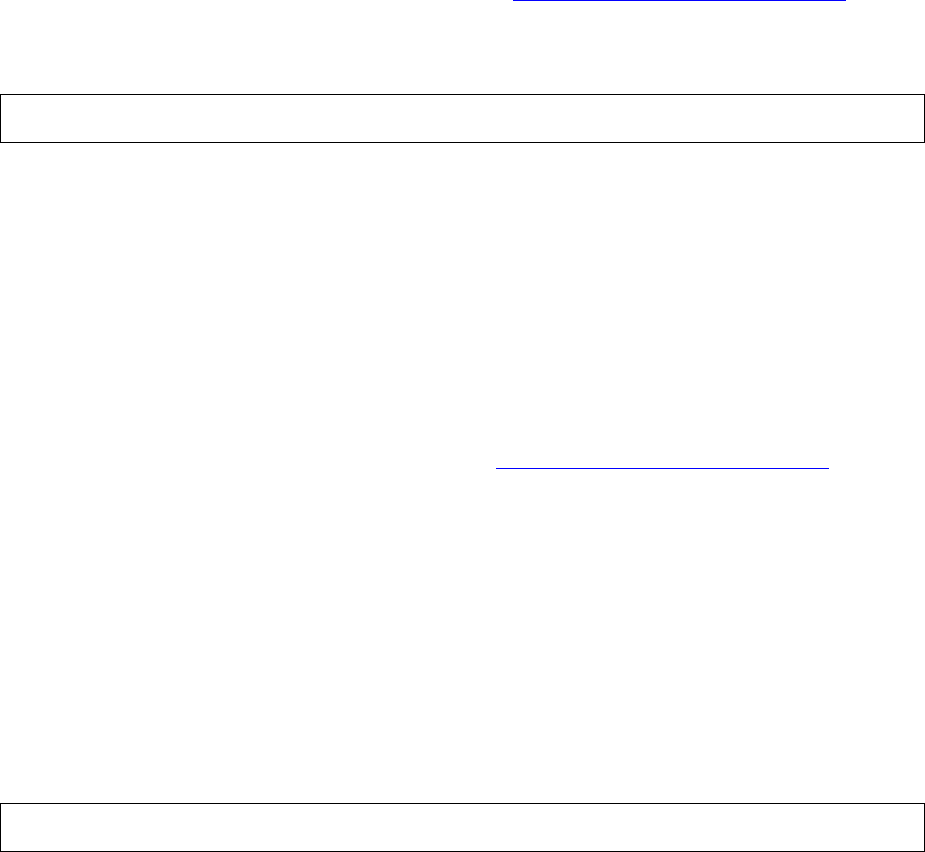Native Inspect Manual (H06.03+)
Table Of Contents
- What’s New in This Manual
- About This Manual
- 1 Introducing Native Inspect
- Native Inspect on TNS/E Systems
- Debuggers on NonStop TNS/E Systems
- Origins of Native Inspect
- Process Debugging With Native Inspect
- Debugging Multiple Processes
- Global Debugging
- Debugging TNS Processes
- Snapshot File Analysis
- Debugging DLLs
- Handling Events
- Switching Debuggers (To or From Inspect and Visual Inspect)
- Stopping Native Inspect
- Differences Between Native Inspect and WDB and GDB
- 2 Using Native Inspect
- Quick Start for Inspect Users
- Preparing to Debug Using Native Inspect
- Sample Native Inspect Session
- Start Your Program Under Native Inspect
- Load Symbols
- Determine Compilation-Time Source Name
- Set Source Name Mapping
- Add Current Directory to Source Search Path
- List Source
- Set a Breakpoint on main()
- Continue Execution
- Trace the Stack (Back Trace)
- List Source
- Step Execution (Over Any Function Calls)
- Print a Variable
- Step Execution (Over Any Function Calls)
- Step In to a Called Function
- Set a Memory Access Breakpoint (MAB)
- Trace the Stack (Back Trace)
- List Source
- Continue Listing Source
- Set a Breakpoint on Line 52
- Continue Execution
- Display a Structure
- Enable “pretty” Printing
- Modify a Structure Field
- Terminate Program and Session
- 3 Syntax of Native Inspect Commands
- Categories of Native Inspect Commands
- Syntax of Common Command Elements
- # command
- a command
- add-symbol-file command
- amap command
- attach command
- base command
- break command, tbreak command
- bt command
- can command
- cd command
- commands command
- comment command
- condition command
- continue command
- d command
- delete command
- delete display command
- detach command
- dir command
- disable command
- disable display command
- disassemble command, da command
- display command
- dmab command
- down command, down-silently command
- enable command
- enable display command
- env command
- eq command
- exit command
- fc command
- files command
- finish command
- fn command
- frame command, select-frame command
- help command, help option
- hold command
- i command
- ignore command
- ih command
- info command
- jb command
- jump command
- kill command
- list command
- log command
- ls command
- mab command
- map-source-name command
- mh command
- modify command
- next command, nexti command
- nocstm option
- output command
- print command
- priv command
- ptype command
- pwd command
- quit command
- reg command
- save command
- select-frame command
- set command (environment)
- set command (variable)
- show command
- snapshot command
- source command
- step command, stepi command
- switch command
- symbol command, symbol-file command
- tbreak command
- tj command, tu command
- tn command
- unload-symbol-file command
- until command
- up command, up-silently command
- vector command
- version option
- vq command
- wait command
- whatis command
- x command
- 4 Using Tcl Scripting
- A Command Mapping With Debug and Inspect
- Glossary
- Index

Syntax of Native Inspect Commands
Native Inspect Manual—528122-003
3-70
step command, stepi command
step command, stepi command
Advances program execution by one source statement or by a specified number of
statements. Execution steps “in” any function calls that are executed within the step
range.
If a function call is made within the stepping range, the call is followed and execution
suspended after the function’s prolog code is executed. Execution transparently steps
though any run-time environment functions, such as import stubs, for which stack
unwind information is not present.
The stepi command advances program execution similarly, but the units of stepping is
instructions. Also, function prolog code is not automatically executed by the stepi
command. You will have to step through the prolog code before the stack frame is
properly initialized.
The step and stepi commands are similar to the next command, nexti command.
Aliases: s for step command, si for stepi command
count
is a positive integer, the number of statements (step command), or instructions
(stepi command) that you want to advance.
For both step and stepi, if the program calls a privileged function but the set mode
command has not been used to enable privileged debugging, execution steps over the
function.
Example
See the example of stepping execution for the next command, nexti command.
switch command
Transfers the current process to either Visual Inspect or Inspect, as appropriate:
•
Transfers a TNS/E native process to Visual Inspect
You must be running a Visual Inspect client (on Windows) connected to the
NonStop system using the same user ID as the TNS/E native process.
•
Transfers a TNS process to Inspect
{ step | stepi } [ count ]
switch










